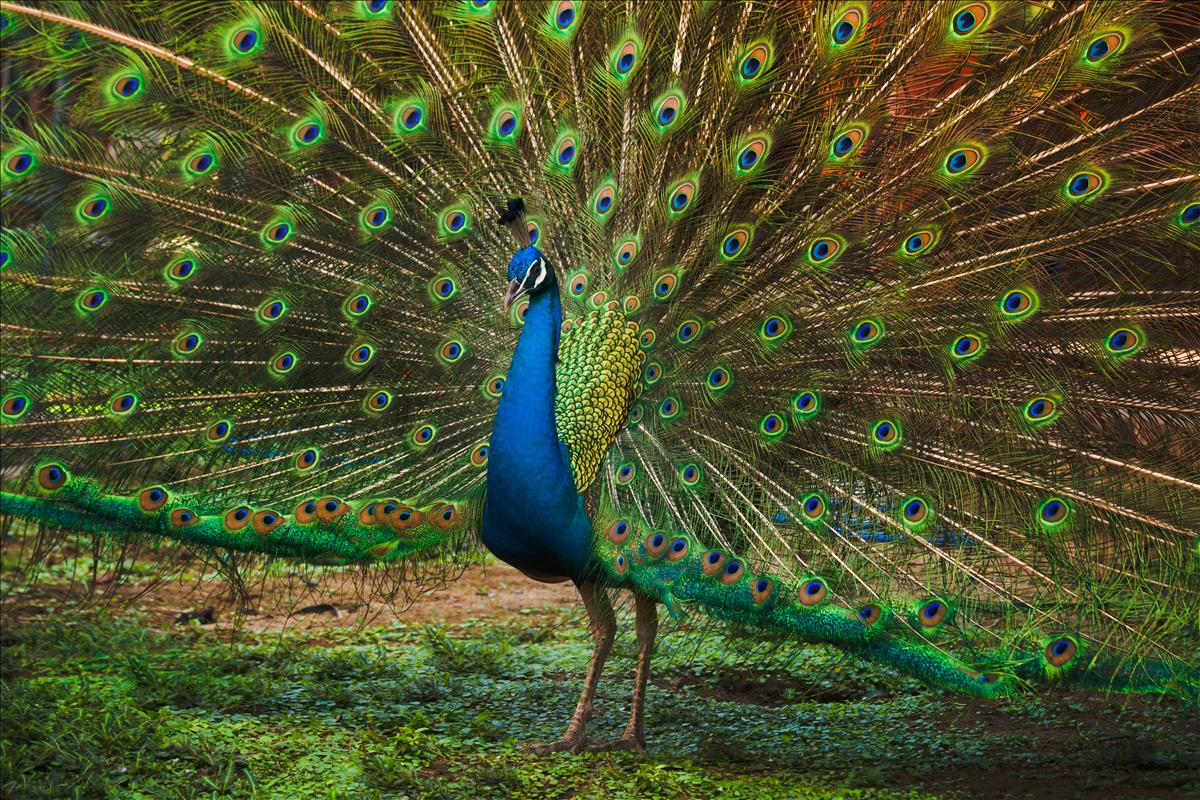Alerts
Please be advised that our bird aviaries are open!
Your Toronto Zoo is committed to the health and safety of the animals in our care. We take proactive steps to protect our birds from Avian Influenza which has been confirmed in a wild bird in southern Ontario, and some birds may still be off display.
Please note Splash Island is still closed and will not open until July due to unforeseen delays in construction. Please watch for updates on https://www.torontozoo.com/tz/splash or on our social media pages. Thank you!
Please note the following animals are currently not on display due to various reasons including Avian Bird Flu, and Covid-19 sensitivity:
- Flamingo, peacock, owl, bald eagle, and aviaries
- Some Kids Zoo Animals
- Cougar
- Moose
- Kangaroo walk through (kangaroos are still visible)
- Axolotl
We apologize for the inconvenience!


Bird
Location at the Zoo:
Indo-Malaya Outdoor Exhibit
Region: Indomalaya
Indian peafowl
This species Pavo cristatus is the national bird of India. It is sometimes simply called the peacock; a peacock is the male, females are known as peahens and the young are peachicks. Pavo is Latin for peafowl, whereas, cristatus is Latin for crested. In the wild the head, neck, and breast of the peacock (male) is a glorious royal blue. They have white facial patches, one above the eye and one below. The head bears a fan-shaped crest made of a bunch of divergent brush-like feathers tipped with blue. The body is grayish, barred with brown on the back and brown wings and underside. The real beauty of the peacock is in its train, usually called its tail although made up of greatly elongated tail coverts, not of tail feathers. The upper tail coverts on its back are elongated and ornate with an eye (ocelli) at the end of each feather. These are the peacock's display feathers. The tail itself is brown and short as in the peahen. Including its train, a peacock measures 2.2 m of which nearly two-thirds is train. Immature males have varied plumage, but will have the fan-shaped crest and mottled blue upperparts. Second year males show a smaller tail, often without ocelli. By the third year, they reach full plumage and sexual maturity. The tail may continue to grow for another two to three years. Males will molt and lose their long coverts each year in late summer. The peahen is less showy, her plumage is more brownish and she lacks the train. Her facial skin and crest shape are the same as in male, but her crest is brown.Females weigh 2.75-4 kg and have a length of approx. 86cm. Males are much larger weighing 4-6 kg and have a length of approx. 107 cm, except for during breeding season in which thier plumage extends to 2.12 m.
Conservation Status: IUCN
